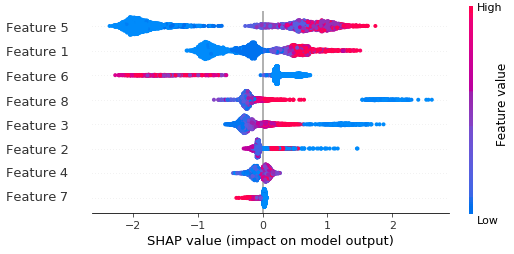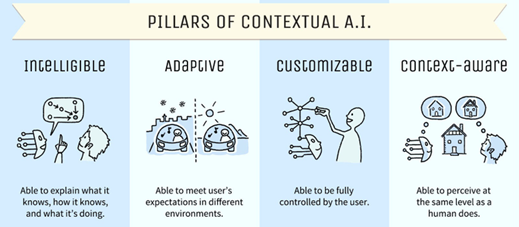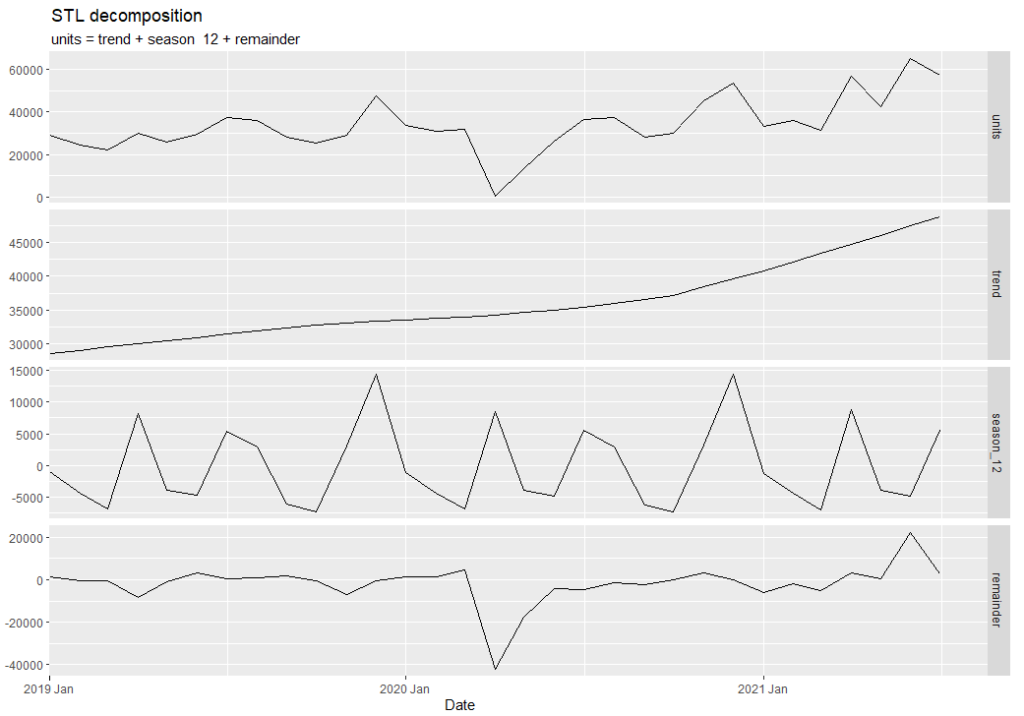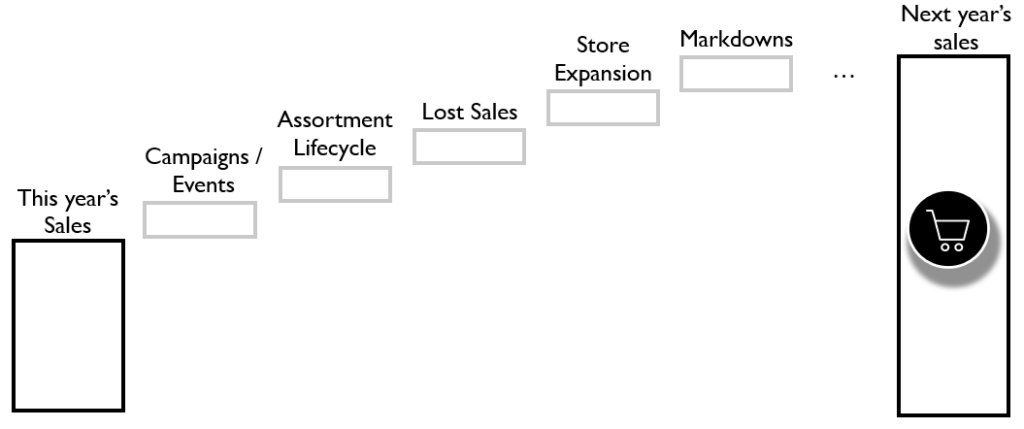
What is Demand Sensing? Well, it is all about capturing the Demand Signal. This means predicting who wants what product, where and at what moment in time. The retail industry is one prominent example where this challenge arises, and companies are struggling to capture the important demand signals. Within Demand Sensing Analytics (DSA), machine learning models are created to solve specific planning use cases, for example to predict future sales. However, such models are often considered a ‘black-box’ by the planning team when the predictions are not explainable enough, therefore not providing enough information on how to act on certain forecasts. This affects the user adoption of the ML solution, which is undesirable. This article covers ways to infuse explainability in your business plan through leveraging the Agnicio Demand Sensing Analytics Framework.
Challenge for the planning team
Machine learning models serve the purpose of finding hidden patterns in today’s dynamic marketplace. Leveraging all types of (big) data and (systemized) business logic enables to predict short- and long-term demand, including trend, seasonality and additional external factors. These models are receiving more interest in organizations and can be used to look at a company’s internal dynamics, as well as external context like competition, events, and consumer dynamics.
The challenge for the planning team is to interpret the predictions and to sense to which extent a planning expert should adjust the solution to his / her market expertise. As the planning team wants to perform planning with the latest available insights, perhaps provided by some of their large accounts, and could be in doubt whether such information is already captured by the machine learning models, explainability of these models is of utmost importance.
Two perspectives in which your company can perform planning with explainability
Agnicio has developed a Demand Sensing Analytics framework that predicts demand and translates that into an explainable business plan. This methodology is focused on understanding the market opportunities, so clients can achieve operational excellence through sustainable growth and profitability. This is done by strategically mapping the demand drivers of a company in co-operation with the planning team. In this driver-based approach, there are two main perspectives to tackle explainability, namely ‘within driver’ and ‘across driver’ explainability:
- Within driver explainability
This depends on the type of machine learning model that is used for the specific driver. When for example looking at historical sales, which most often are time series data, a decomposition can be constructed of the data in terms of a trend, a seasonal component (usually a yearly season is considered) and a remainder term over time. Seasonal trends are repeating each year, whereas the trend and remainder give an idea of the behaviour in the market. Below, an example of a historical sales decomposition is shown.
In the above case, we find seasonal sales to go up in December and down in January every year. Also, the remainder data captures a Covid dip in April 2020, while the overall trend over the past two and a half years is positive. This shows an interpretable framework to understand historical sales data, which is leveraged when predicting future sales.
Another type of machine learning model used within demand drivers can be a classification model, for example a decision tree used to improve inventory performance in supply chain management. To make such a model explainable, plots of Shapley values are useful to visualize which features have the most influence on the model outcome. This is used for feature selection.

Furthermore, sensitivity analysis is also a useful approach to achieve explainability when models with tweakable parameters are used, like ETS or ARIMA models in (hierarchical) time series forecasting. In that case, optimal parameter values could for example be obtained by looking for the parameter that achieves the lowest mean absolute percentage error for a sales forecast in a certain historical period. On top of that, with such analysis a model’s robustness for sales forecasts in future periods is more certain, increasing trust in the model. All in all, for each demand driver and corresponding machine learning model there are different approaches to achieve interpretability for a planning team.
- Across driver explainability
All individual demand drivers lead to different market and business insights that overall fit in a driver framework. This driver framework needs explainability as well for the planning team to be able to see which drivers have the most impact on its business. One approach to visualize the effect of different drivers on sales in a certain period is through a waterfall chart, building up towards predicted sales in the future.
All types of demand drivers like campaigns, lost sales and store expansions can be leveraged through Demand Sensing Analytics. Demand Sensing Analytics enables planning teams to sense the impact of the essential business drivers and to interact with the driver framework in their own planning tool, augmenting the creation of business plans.
User adoption of AI tool
User adoption is an important aspect to consider when implementing machine learning based models in an organization. This is best achieved when the planning team can easily track, review, and interact with the tool, and when the solution delivers explainable results. Demand Sensing Analytics serves this purpose. At the same time, the planning team with its market expertise is always required to be the middleman between the data, the forecasts from the machine learning models and the final business decisions.

The challenge for the planning team is to clearly formulate the objectives that are required for a fluent planning process in co-operation with the machine learning engineers, so that the possibilities of the models and the explainability framework are optimally utilized. This can be achieved through iterations of business conversations with the ML engineers, and thorough user acceptance testing (UAT) for best user adoption.
Learn more about Demand Sensing Analytics and Explainability
Do you have a large planning team involved in business planning which creates large overhead and costs in doing repetitive time-consuming tasks? Does your planning team struggle with explaining the business plan in terms of different market opportunities? Would you like to use the latest AI technology to improve your business planning?
Book a Demand Sensing Analytics demo today by reaching out to info@agnicio.com, or by connecting to the CEO of Agnicio via LinkedIn here.
Let machine learning augment your company’s business planning to make it less tedious, and to drive growth and profitability, achieving operational excellence!



